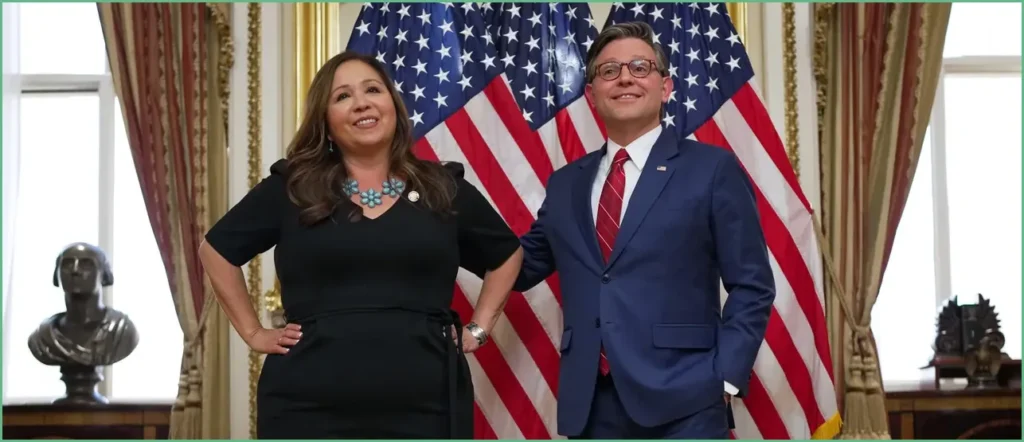The House discharge petition to force the release of Jeffrey Epstein-related files has reached the 218-signature threshold, making a floor vote possible. That breakthrough happened as Arizona’s newest member, Adelita Grijalva, was sworn in to replace her late father, shifting the math in favor of the effort. This article explains what the petition means, why it matters to the public, and what to expect next from a transparency-first perspective.
Crossing 218 signatures is more than a procedural milestone; it removes a procedural choke point that has kept these records sequestered. A discharge petition bypasses committee gatekeepers and puts the matter directly before the full House, where accountability can’t be stalled by a handful of insiders. For anyone frustrated by slow-walking or secrecy, that is a real win for daylight and scrutiny.
Republicans have pushed for these records because transparency is a basic demand, not a partisan stunt. The files relate to a case that touched powerful people and sensitive institutions, and voters deserve to know how decisions were made and why certain arrangements were allowed to stand. Calling for openness resonates with a broad public instinct that government and powerful networks should not operate behind closed doors.
Timing matters. The final signature arriving exactly as a new member took office highlights how delicate majority math can be in the modern House. A single seat flip or delayed oath can change outcomes, so this moment illustrates how institutional mechanics and individual decisions shape access to information. It also shows the value of persistence when a committed minority insists on bringing matters to the floor.
There are two practical outcomes to watch for: whether the petition actually succeeds on the floor and what the House will do with the files if they win a vote. Winning the floor vote would compel the relevant committee to release or transmit documents in their possession, but the road from a successful discharge to full public disclosure can still run into legal and executive branch resistance. That possibility means lawmakers must be prepared to press further if agencies or courts resist compliance.
Critics of release often point to ongoing investigations or privacy concerns, and those are legitimate considerations when preparing documents for public view. Still, redactions and narrowly tailored releases are standard tools that can protect genuine privacy while preserving the public’s right to know. The right approach balances victims’ dignity and investigative integrity with a clear presumption in favor of transparency.
Politically, this fight isn’t purely about criminal files; it’s about who gets to set the rules for accountability. When committees control the gate on politically sensitive documents, outsiders and watchdogs have fewer ways to challenge cover-ups or unexplained decisions. Reclaiming that power through the floor process is a way for Representatives to answer voters who demand daylight over secrecy.
Practical enforcement will require follow-through: demanding timely compliance, using additional legislative tools if needed, and not letting the issue fade from the public agenda. Members who cast decisive votes should be ready to explain their choices clearly, because constituents will want specifics, not vague promises. That kind of posture keeps pressure on institutions that might otherwise default to obstruction.
For voters and watchdogs, the petition’s success is a reminder that process matters as much as rhetoric. A procedural tool unlocked by a single signature can shift the balance between secrecy and disclosure, and citizens should expect their representatives to use available mechanisms to advance transparency. The coming days will show whether this moment results in meaningful access or becomes one more step in a longer, contested path toward public truth.
